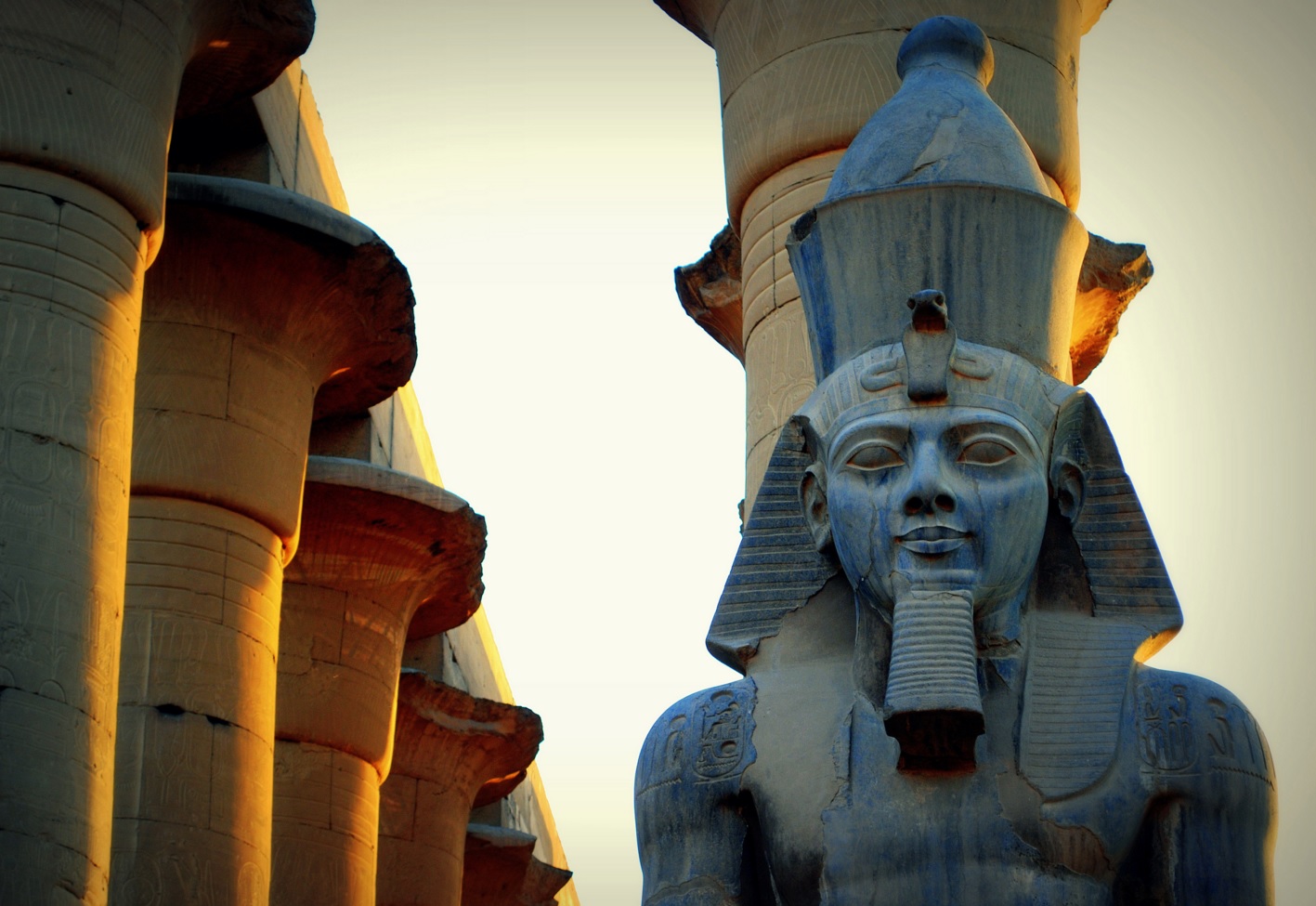EgyptAir launched the second phase of direct charter flights between Japan and Luxor, bringing 231 Japanese tourists to the touristic hotspot in Egypt’s south on Sunday. Sunday’s flight marks the first in the second phase of direct flights between Japan and Luxor offered by EgyptAir, Egypt’s flagship airline. “This is part of the company’s commitment to bringing tourism back to Egypt, which is a crucial source of national income,” state-owned Ahram Online quoted EgyptAir’s chairman, Safwat Mosallam, as saying. In April, the first direct flight between Japan and Luxor in five years brought 230 Japanese tourists to Luxor from Osaka. Direct flights between Japan and Egypt were halted following the 2011 uprising that toppled former president Hosni Mubarak and caused widespread instability in the country. Egypt’s tourism industry, a vital source of foreign currency and a cornerstone of the economy, is still struggling from the 2011 unrest that scared away tourists and foreign investors. Since then, a number of other incidents have worsened the state of tourism in the country. In October last year, a Russian passenger plane crashed over the Sinai Peninsula killing all 224 people on-board. An affiliate…
Egypt Launches Second Phase of Direct Flights From Japan, Bringing Tourists to Luxor
November 21, 2016




